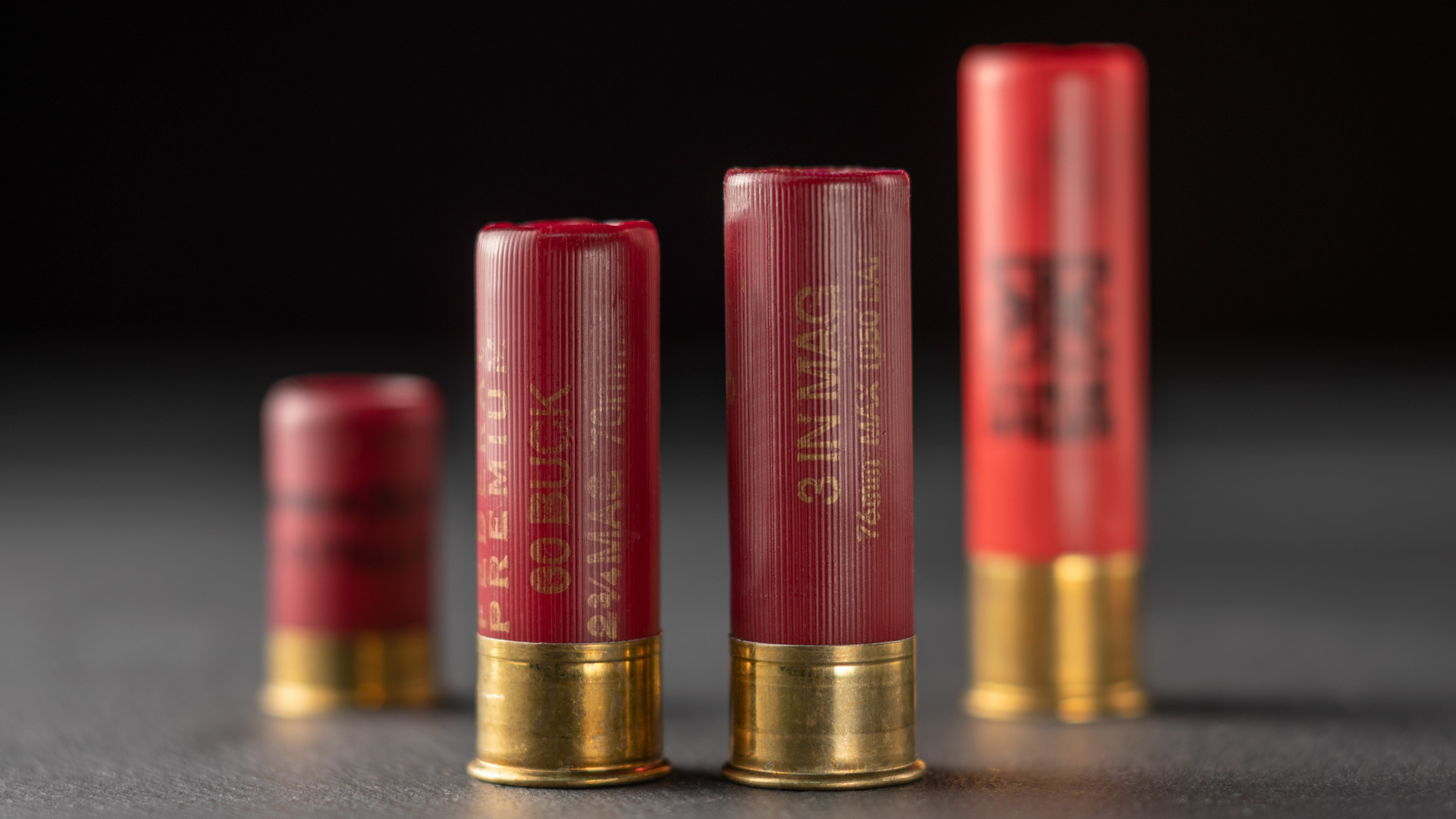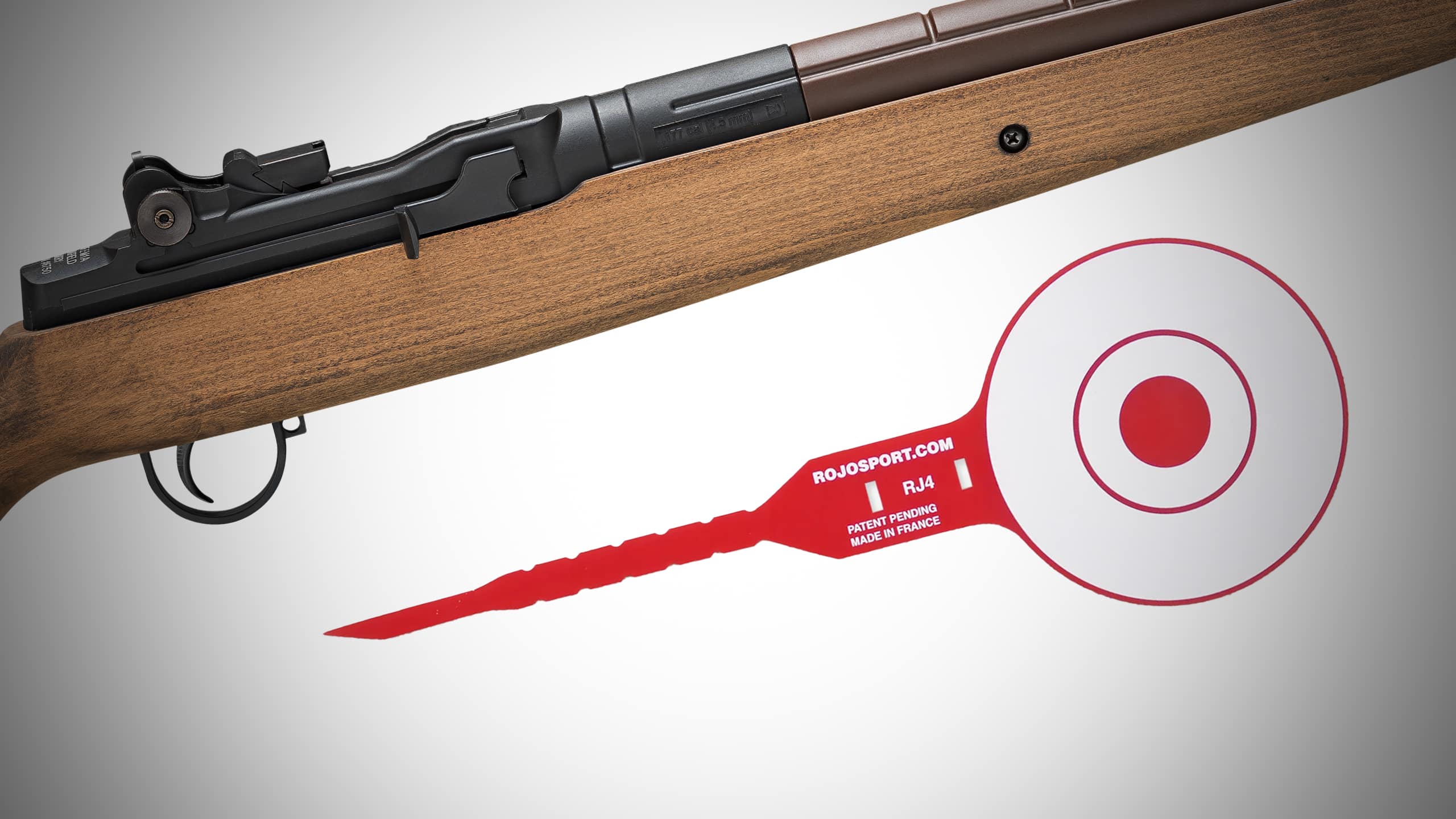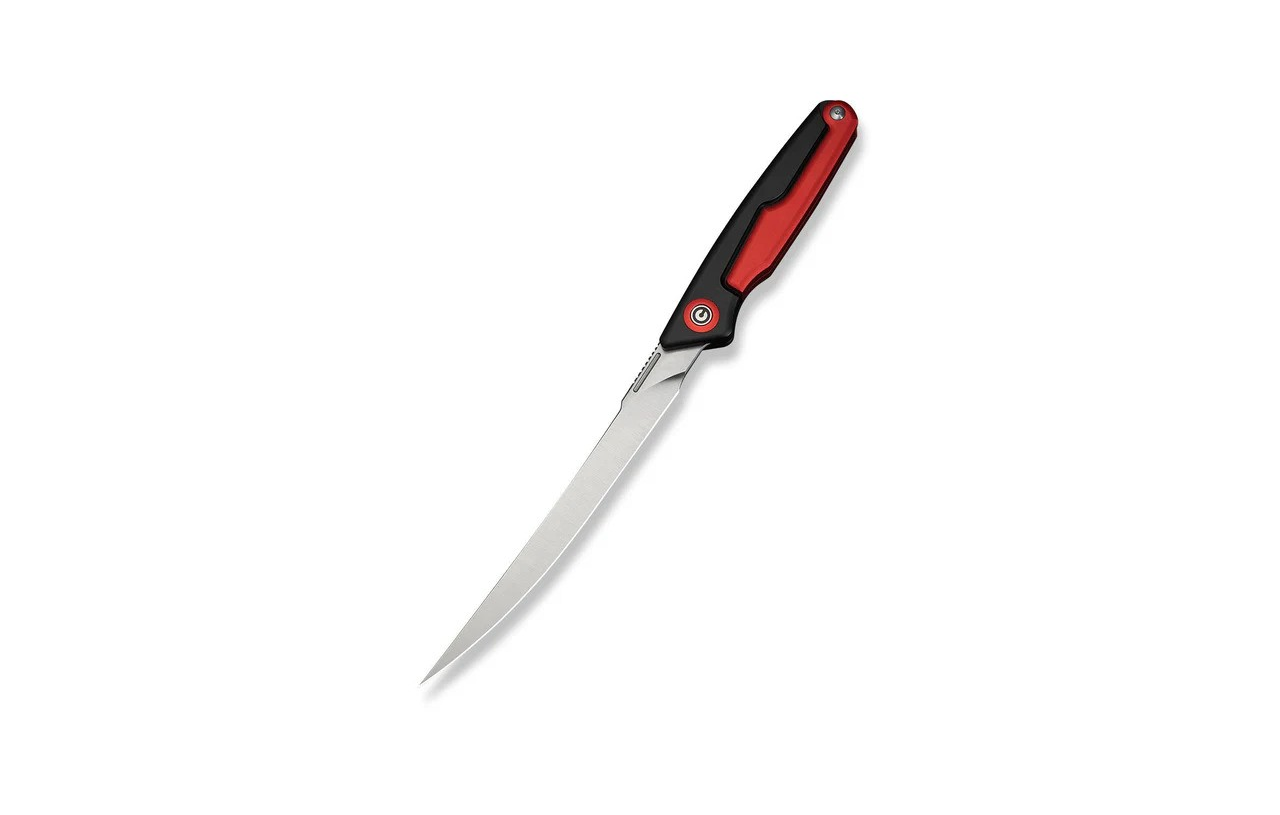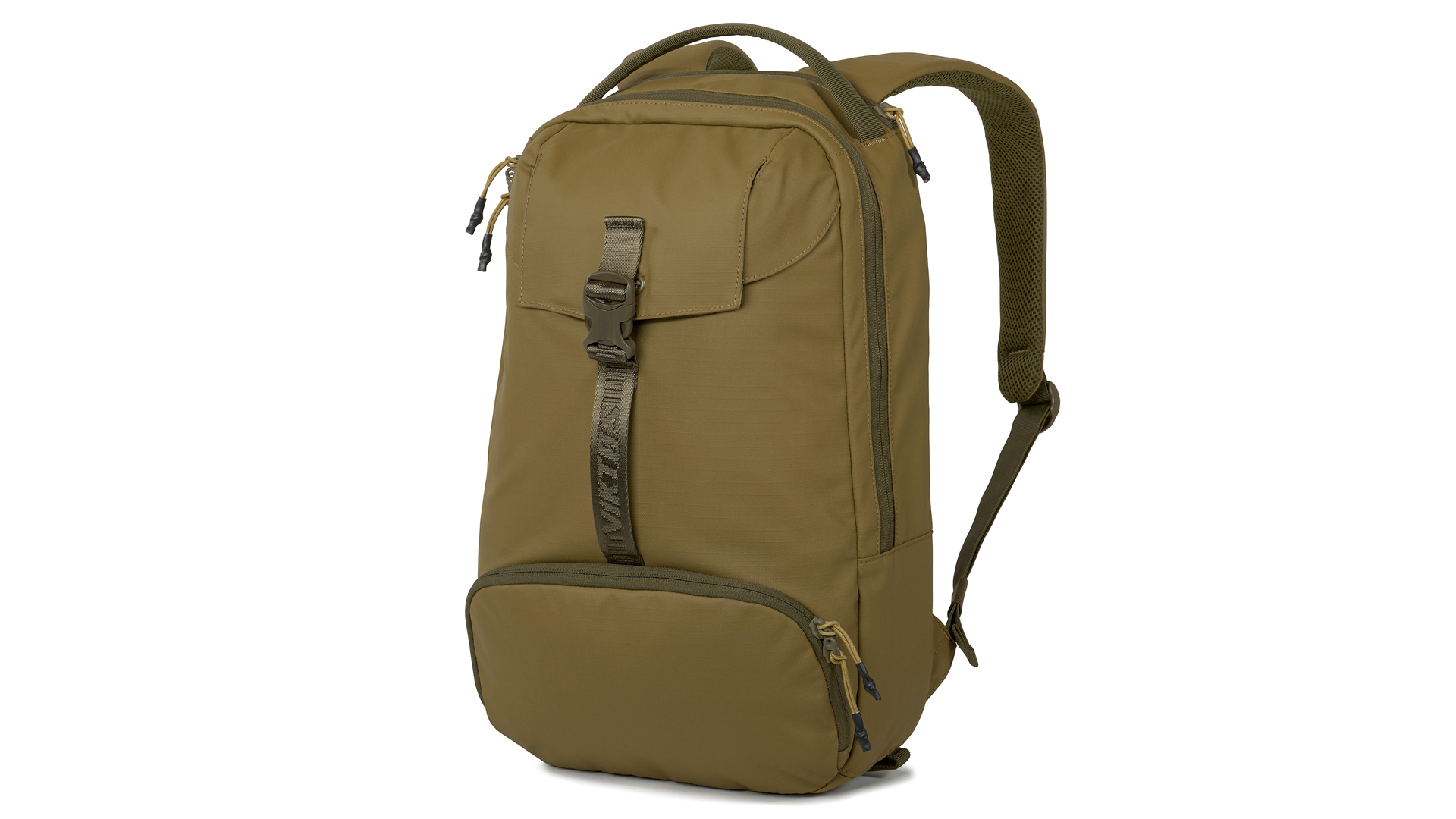Shotguns: Out of Its Shell

At Shooting Illustrated, part of our job is to dive into the weeds on topics that may seem mundane, obvious or even geeky to some, such as what length of shotshell is best for a home defense—2 3/4- or 3-inch? So, here goes …
In general terms, a shotgun shell’s overall length deter- mines its capacity for pellets and powder. Historically, a longer shell meant more pellets, more terminal energy, more recoil and less magazine capacity—although today that’s not necessarily true. Lengths range from Federal’s 1 3/4-inch “Shorty” shell to 3 1/2-inch magnums, with the number of pellets and amount of powder loaded into each varying by manufacturer and the whims of the market.
But, after we toss out those at the extreme ends of the spectrum, the two most popular lengths for home defense are 2 3/4 and 3 inches, and so we will focus on these for the purposes of this column.
The standard 12-gauge, 2 3/4-inch 00 buckshot shell remains one that holds nine pellets for a 1.25-ounce payload (with wad and powder) fired at approximately 1,200 fps to produce 1,690 ft.-lbs. of muzzle energy and around 27 ft.-lbs. of free-recoil energy from an 8-pound shotgun. This proven load provides ample downrange energy at short distances for bad-guy-size foes, while generally producing enough recoil force to cycle the actions of semi-automatic shotguns, yet not so much recoil to cause most shooters to wince in pain. Anything less than this standard in terms of muzzle and recoil energy I consider a sub-power load, which is also called “tactical” or “low-recoil” by shotshell manufacturers, while anything greater I consider to be high-velocity, also called “magnum” in marketing jargon.
However, what is ample for one may be lacking for another, and the needs of hunters are often different from those of home defenders. Big-game hunters often call for just one powerful, uniform pattern delivered to a running deer at 50 yards, rather than multiple shots at 10 yards. So, all the major shotshell manufacturers crank out 3-inch magnum loads that are near-maximum in terms of pellets and powder. One example is Winchester’s Double X 3-inch load that contains 12 pellets going 1,425 fps. It sounds great for everything from bad guys to bears—on paper. After all, it produces 3,295 ft.-lbs. of muzzle energy, or twice the energy of the aforementioned “standard” 2 3/4-inch load. Trust me when I say that much terminal energy is devastating to living targets. So, why doesn’t everyone use such magnum loads for home defense?
Cost and availability are factors, but mainly it’s because the massive increase in recoil isn’t worth it to most shooters, especially when the standard 00-buckshot load is already devastating enough. This kind of magnum load produces around 55-ft.-lbs of recoil energy from an 8-pound gun. For many of us, this level of recoil makes practicing painful, which often results in less of it, and therefore less skill with the shotgun. It can also double the time between follow-up shots. But, there are more reasonable 3-inch loads, such as those that hold 12 pellets fired at 1,200 fps. These also increase pattern density, energy and recoil beyond the standard loads, though not as dramatically.
Another trade-off for choosing the 3-inch shell is magazine capacity—some shotguns will hold one fewer 3-inch shell than they will hold 2 3/4-inch shells. Considering most shotguns only hold between five and eight shells to begin with, this is significant. Some shotguns, however, can hold just as many 3-inch shells, so the difference in capacity isn’t an issue. All this leads to the million-dollar question: What should you choose for home defense?
First, ask yourself a few questions. Can you handle more recoil? If recoil doesn’t bother you, it seems to reason that if your shotgun’s magazine capacity isn’t affected, then there’s little downside to choosing a longer magnum shell with more pellets, more powder or both. Second, do you live in the country, where bears or other large, dangerous-game animals are one of the reasons for arming yourself with a shotgun in the first place? If so, this might be an added incentive to go with a longer and more powerful shell. Third, what type of gun do you shoot, and does it require added recoil energy to function most optimally? Perhaps it runs best with a more powerful shell.
For the majority of home defenders who choose a 12-gauge shotgun, however, the standard 2 3/4-inch, nine-pellet, 1,200-fps load is near-perfect thanks to its balance of power and manageable recoil. For those who would prefer a little added punch downrange and don’t mind a little more kick, there’s a 2 3/4-inch, 12-pellet, 1,300-fps load that should probably remove us from the weeds entirely and land us all on a happy 2 3/4-inch island.







